Sinkers
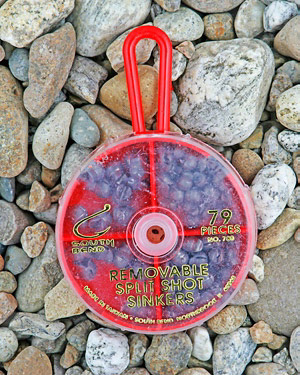
I prefer an assortment of removable, soft split shot. My favorite manufacturer is Gremlin. They come in a rotating plastic box where the sizes are well organized and easily dispensed. They are removable, so it is relatively simple to change the sinkers quickly. You can take them off the line and re-use them. They come in size B up to the much larger size of 2. Their sizes are B, BB, 3/0, 7, 4, 3, and 2. Their removability is due to the “ears” on the back of them which, when squeezed together, splits them open for line removal. I prefer Water Gremlin because of the ease with which their hinge opens and closes. I can pinch them on with only

my fingers, but I use forceps to pinch them off.
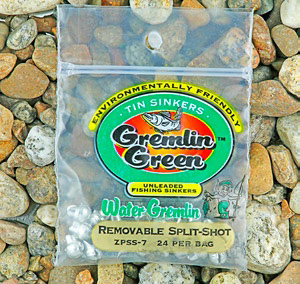
Now there is a concern for the toxicity of lead. Use of lead is prohibited in some waters. Water Gremlin also has a non-toxic shot which has a soft hinge that works similarly to the lead ones.
I demand a soft split shot that can be easily pinched onto the line without damaging the line, although I usually place the shot on a dropper so it won’t weaken my direct line to the hook. Also, if I’m snagged by the sinker, I will usually only lose the sinker.
I use split shot when fly fishing, bait fishing, stream fishing, and placing in front of some plugs like flatfish. Wherever I need a little extra weight for sinking or casting, split shot fills that bill. A split shot attached to a single hook makes a fast jig head.
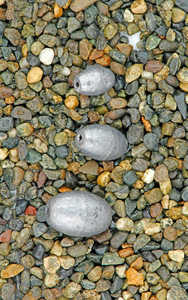
The next sinker I like is a slip sinker egg or oval shape. A hole runs through the middle axis of the sinker. I simply run my line through the hole, place a small bead, and tie on a swivel. To this swivel I tie my leader and hook. The slip allows you to feel light bites. Fish usually don’t want to drag the sinker around with them. When they feel the resistance, they spit it out. Egg sinkers are compact and an excellent weight for casting. Their shape discourages most snags. They are useful for bottom fishing with bait and added to plastic worm rigs.
Pencil lead is a favorite for drift fishing. It allows you to inexpensively place heavier weights where the river’s heavy flows would call for too many split shots. The pencil lead is attached by a one inch section of surgical tubing. The pencil lead slides inside the tubing and the elastic friction keeps the line, tubing, and pencil lead in place. This means that it’s not only easy to rig but there are no knots to weaken the rigging. It’s a favorite for steelhead and salmon fishing.

The Slinky takes this one step further. It’s made up of lead or a non-lead shot placed inside a sleeve of parachute cordage. The nylon cord is burnt off and clamped down on both ends. A hole punch is used to make a hole on one end to attach it by a snap swivel. The advantage is that the slinky is flexible like a toy slinky. It is more difficult to snag and is a favorite weighting system to fish over rocky and snaggy bottoms. The diameter and number of shot can vary so you have an assortment of weights. I like to rig this by running the line through the swivel, placing a bead, and tying it to a plain barrel swivel. The leader and hook is attached to this swivel. The slinky easily slides up the line and you have a good feel for light strikes. Adding a buoyant corky just above the hook helps make the hook float over the snag tops. The slinky is difficult to snag because of its flexibility.
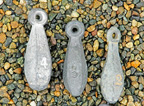
I use bank sinkers for back bouncing for salmon. I simply loop to the sinker. I can quickly change sinkers to adjust for the river’s flow. Back bouncing is done from an anchored boat in a large river. The rig is lowered and bounced back downstream by raising the rod tip to straight-up and lowering it while you release line. This way you walk or back bounce the terminal tackle to the portion of the hole that you want to fish. Usually minnows such as sardines or herring are used, but cured salmon egg clusters are also used.

Keel and banana sinkers are useful for trolling. Their shape prevents line twisting. The sinker rides through the water at an even plane. This forces the swivel to work. All sorts of lures

and baits can be trolled behind these types of sinkers. Adjust the sinker’s weight and your trolling speed to place the lure just over or under the fish.
There are other sinkers designed for specific purposes, but the ones I’ve mentioned are my top picks.
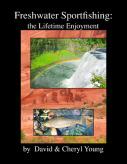
© 2026 The Gale Group, Inc. All rights reserved.
© 2026 Perigee Learning LLC. All rights reserved.
LoveTheOutdoors.com is owned and operated by Advameg, Inc. © 2026 Advameg, Inc.
Camping Adventures • Dutch Oven Cooking • Sports Knots
Fly Tying • Freshwater Fishing • Fly Fishing

